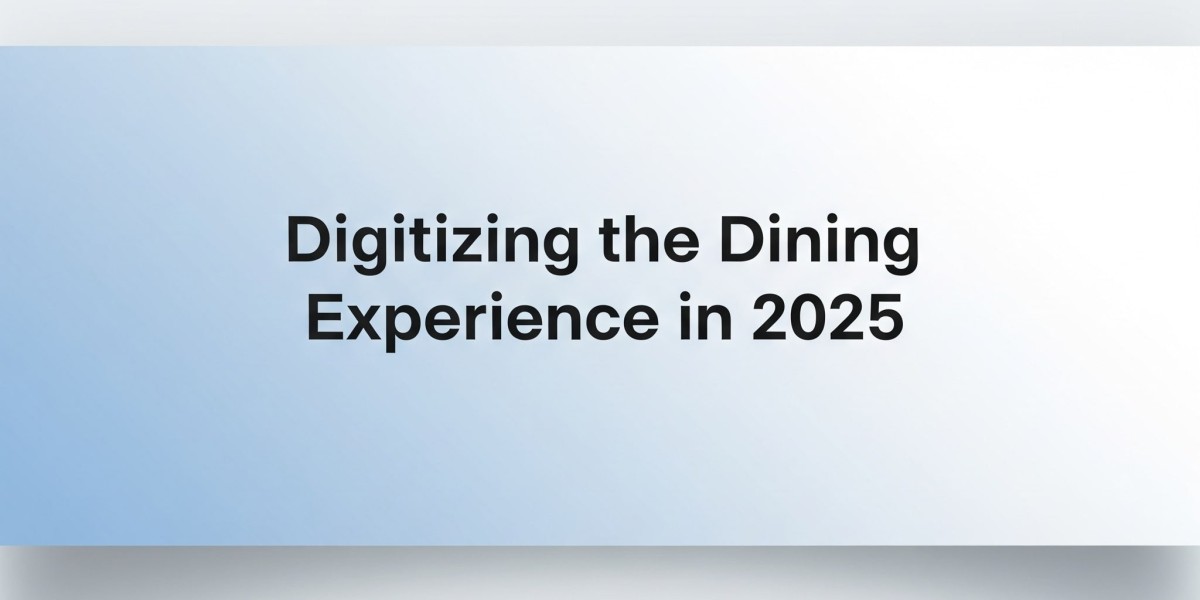The real estate industry is undergoing a quiet but profound transformation—one driven not by hype, but by necessity. While virtual and augmented reality have long been discussed as futuristic tools, their practical applications in real estate are now delivering measurable value.
By eliminating the inefficiencies of physical showings and enabling data-driven spatial insights, VR and AR integration is addressing fundamental pain points in property transactions.
For app developers, these technologies are shifting from optional enhancements to critical differentiators—redefining expectations for accessibility, transparency, and decision-making speed.
This blog examines the tangible reasons why mobile app development companies integrate VR/AR in their real estate platforms to remain competitive in an increasingly digital-first market.
1. The House-Hunting Hangover (And How VR Kills It)
Ever toured six nearly identical homes in one afternoon? By the third, your brain starts short-circuiting. Washer/dryer hookups blur into a single existential void. Crown molding? Could’ve been a hallucination.
This is why 73% of buyers now start their search online (NAR). But photos and videos? They’re just proxy experiences. VR tours obliterate that disconnect by letting buyers:
"Walk through" at 2 AM in pajamas
Pause to scrutinize the backsplash tile pattern
Revisit twice without annoying a realtor
Measure rooms with virtual tape (no more "will my king bed fit?" panic)
Stats that sting:
82% of buyers prefer virtual tours over photos (NAR)
Listings with VR get 40% more engagement (Redfin)
Buyers spend 60% more time on VR-enabled listings (Matterport)
But here’s the kicker—it’s not just convenience. It’s memory. UCLA research shows humans recall spatial experiences 70% better than static images. Your app’s VR tour isn’t a feature. It’s a brain hack that makes your listings unforgettable.
2. AR’s Party Trick: "What If This Empty Room Wasn’t Empty?"
Augmented Reality is where practicality meets magic. Point a phone at a vacant living room, and suddenly:
It’s furnished in mid-century modern
Swipe left → now it’s industrial loft style
Tap a wall → it’s painted "Sherwin-Williams Naval"
Hold up a tape measure → AR overlays exact dimensions
This isn’t just fun. It’s financial:
Buyers are 70% more likely to request a showing after using AR staging (IKEA Place data)
54% of millennials would pay more for a home they could "test drive" via AR (Forbes)
Developers using AR see 30% faster sales on pre-construction units (JLL report)
The psychology is simple: AR turns your app into a sandbox. Users aren’t passive scrollers—they’re co-creators visualizing their future. And people don’t abandon apps that feel like playing The Sims IRL.
Pro tip: The best AR implementations use subtle "handrails":
"Tap to try this sofa" beats a cluttered toolbar
"Swipe to change wall colors" with limited curated options
Auto-save preferences to revisit later
3. The Data You’re Ignoring (That VR/AR Reveals)
Here’s what most apps miss: every VR/AR interaction is a goldmine of behavioral data.
Heatmaps of attention: Where do users linger in virtual tours? That sunroom no one photographed well? The basement storage? Now you know what to highlight.
AR "undo" rates: If everyone keeps deleting faux granite countertops, maybe your listings need kitchen upgrades.
Session depth: Users who engage with 3D features view 4x more listings (Zillow data)
This isn’t analytics. It’s mind reading—and it lets you:
Personalize listings ("You looked at 6 homes with pools—here’s 3 more")
Alert agents to high-intent signals (e.g., repeated room measurements)
Prove ad ROI with hard metrics ("This VR tour drove 12 in-person showings")
4. "But My Budget Is Tiny"—Cheap Hacks to Fake It Till You Make It
No, you don’t need a Meta-backed dev team. Here’s how to start for under $1K:
For VR:
Cameras: Insta360 X3 ($400) + Matterport subscription ($10/month) = instant 3D tours
No-code tools: Cupix (free tier) turns 360° photos into navigable spaces
DIY SDKs: Unity’s VR Foundation (free) + YouTube tutorials
For AR:
Apple ARKit/Google ARCore: Free frameworks with pre-built room scanning
3D Models: Sketchfab’s free library (20K+ furniture/decoration assets)
Plugins: Shopify AR (yes, for real estate!) lets users "place" furniture via web—no app install
Many "innovative" competitors just white-label these tools. Their "proprietary VR" is often a Matterport embed with a custom logo.
5. The Catch (Because Of Course There’s a Catch)
Not every buyer owns a Quest 3. But here’s how to sidestep adoption hurdles:
VR fatigue? Offer "magic window" mode—3D tours navigable by finger drag, no headset needed. 58% of users prefer this (Oculus data)
AR gimmicks? Avoid novelty filters (floating cartoon koalas). Focus on utility:
Measurement overlays
"Undo" buttons for staging experiments
Side-by-side view comparing empty vs. furnished
The litmus test: If a feature doesn’t help someone decide faster, scrap it.
Conclusion
For firms engaged in real estate app development, these technologies resolve persistent inefficiencies—reducing dependency on physical viewings, minimizing transactional friction, and providing auditable spatial data that strengthens decision-making.
UK app developers are uniquely positioned to bridge this gap where urban property markets demand faster turnover and remote engagement. The challenge lies not in debating the relevance of immersive technology, but in executing implementations that align with rigorous industry standards.
So ask yourself: Is your app a brochure—or a portal to someone’s next home?








